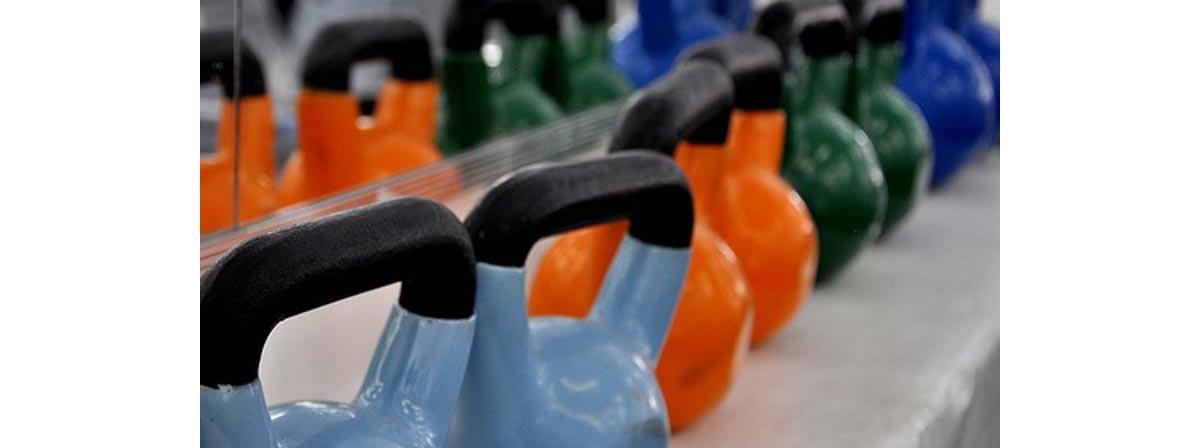Table of Contents
By contrast, let’s look at the traditional overhead kettlebell lifts – the press and the snatch. At first glance, the snatch looks pretty much like the American swing, but all it really has in common is a similar final position. In the snatch, the overhead position is either one-handed, or uses two bells.

This broader configuration of the hands in the finishing position allows the large muscles of the upper back to support the weight of the bell, and that in turn lets the spine stay in a good shape. A snatch starts as a swing. As the apex of the swing approaches, however, the athlete curves her arm slightly and pulls the bell backward and slightly upward. The path of the bell now takes it to the height of an extended arm overhead, where the athlete simply catches it.
Since the arms aren't required to stay straight there’s far less damaging shear force on the spine, and the pull back is incorporated into the initial hip drive of the swing. The snatch, not the American swing, is the swing taken to its logical extreme.
Snatches offer the larger range of motion the American swing gives, with the bell moving just as far, but in a far safer manner. But what if you can’t snatch the weight you’re using?
In the clean and press, the arc the kettlebell travels to meet the athlete’s centreline is much shorter, so the bell is pulled onto the back of the arm on the chest, in the rack position.
Like most of the basic kettlebell moves, this is derived originally from Olympic weightlifting, and has some of the same benefits as the Olympic rack position, not least that it facilitates front squats.
To feel the rack position for yourself, put your hands together as if in prayer, with your thumbs touching the joint between your collarbones and your sternum. Stand upright with your hips extended and allow your chest to hollow slightly.
Now repeat the process but with the handle of your kettlebell over the back of one of your hands. The mass of the bell should rest on the outside of the supporting arm, neither in front nor behind of the forearm – particularly, don’t allow the bell to fall behind your forearm.
While this can take a couple of sessions to learn, the time is well spent since the movement can be a great strength builder. Having cleaned the bell to the rack position, you can either press it (or push-press it) overhead, or push it forward and off the rack position and re-swing or re-clean it.
Kettlebells have gained their reputation for efficacy on the back of a few simple, effective movements that allow athletes to begin working on endurance, strength and conditioning all at once and quickly, without the long training in technique required to safely execute Olympic lifts.
And that reputation is well deserved. While they aren't the magic bullet some claim them to be, kettlebells offer some great advantages. But the American swing isn't one of them.
Kettlebells are already simple and effective – there’s no need to ‘improve’ the swing. Instead, swing something heavier or clean the bell for a spinal erector, glute and core workout – or snatch for power and conditioning gains you won’t believe until you try it!
If you agree or disagree, if you have a question or a story, drop me a line in the comments below!
- Photo courtesy of DRiV FiTNESS by Flickr : www.flickr.com/photos/drivfitness/7454764568/
- Photo courtesy of Victor by Flickr : www.flickr.com/photos/v1ctor/8495391748/


Your thoughts on this